Table of content
Stir-fried razor clams, known as “炒蛏子” in Chinese cuisine, are a beloved seafood dish celebrated for their briny sweetness, tender texture, and ability to absorb flavors. Achieving the perfect balance of umami, spice, and aromatic notes requires precision, fresh ingredients, and an understanding of traditional Chinese cooking techniques. This comprehensive guide will walk you through every step, from selecting the finest clams to mastering the wok skills that elevate this dish to gourmet status. Whether you’re a seasoned home cook or a curious novice, this article will equip you with the knowledge to create a plate of stir-fried razor clams that rivals any restaurant offering.
The Allure of Razor Clams: A Brief Introduction
Razor clams, scientifically named Solen strictus, are elongated, shellfish prized for their delicate flavor and meaty consistency. Native to coastal regions across Asia, Europe, and North America, they thrive in sandy or muddy intertidal zones. Their name derives from their resemblance to old-fashioned straight razors, with a sleek, elongated shell protecting a succulent, slightly chewy flesh. In Chinese cuisine, razor clams are often stir-fried with aromatic ingredients like ginger, garlic, and chili, creating a dish that is both comforting and elegant.
Selecting the Freshest Ingredients
The foundation of any great stir-fry lies in the quality of its components. For razor clams, freshness is non-negotiable. Here’s what to look for:

- Appearance: Opt for clams with tightly closed shells. A slight gap is acceptable, but avoid those with cracked or broken shells, as they may be dead or contaminated.
- Smell: Fresh clams should smell briny and clean, like the ocean. Avoid any with a fishy or sour odor.
- Size: Medium to large clams (6–8 inches) offer the best meat-to-shell ratio. Smaller clams may be tender but require more cleaning effort.
- Source: Purchase from reputable seafood markets or fishermen. If possible, buy live clams and cook them the same day.
Pro Tip: Before cooking, soak the clams in saltwater (3 tablespoons of salt per quart of water) for 1–2 hours. This encourages them to expel sand and grit, ensuring a cleaner final dish.
Essential Tools and Equipment
To replicate the intense heat and rapid cooking of a professional wok station, gather the following:
- Wok: A carbon-steel or cast-iron wok with a rounded base distributes heat evenly. If unavailable, a large skillet will suffice.
- Spider Strainer: Useful for tossing clams without damaging their delicate flesh.
- Cleaver or Sharp Knife: For slicing garlic, ginger, and vegetables.
- Heat-Resistant Spatula: Ideal for scraping the wok’s surface without scratching it.
- High-Smoke-Point Oil: Peanut, grapeseed, or avocado oil withstands high temperatures without burning.
The Flavor Foundation: Aromatics and Sauces
The magic of stir-fried razor clams lies in the harmonious blend of aromatics and sauces. Here’s a breakdown of the key components:
- Ginger: Fresh ginger adds a warm, peppery note and neutralizes any seafood “fishiness.”
- Garlic: Roasted or raw garlic contributes a pungent, earthy depth.
- Chili: Fresh or dried red chilies (or chili paste) provide a gentle heat. Adjust to taste.
- Soy Sauce: Light soy sauce for saltiness; dark soy sauce for color (optional).
- Oyster Sauce: A thick, umami-rich sauce that coats the clams.
- Sesame Oil: A finishing touch for nutty, aromatic richness.
- White Pepper: Freshly ground pepper enhances the dish’s complexity.
- Cornstarch Slurry: Thickens the sauce for a glossy finish.
Pro Tip: For a gluten-free version, substitute soy sauce with tamari or coconut aminos.
Step-by-Step Cooking Process
Preparing the Razor Clams
- Cleaning: Scrub the shells under cold water to remove debris. Use a stiff brush for stubborn grit.
- Blanching (Optional): Some recipes call for blanching clams in boiling water for 1–2 minutes until they partially open. This step shortens cooking time but may reduce tenderness.
- Removing Meat (Advanced): For a more refined presentation, remove the clam meat from the shell. Slice the meat into bite-sized pieces and discard the dark intestinal tract.
Prepping the Aromatics
- Ginger: Peel and julienne into thin strips.
- Garlic: Mince or slice thinly.
- Chili: Deseed and chop (adjust quantity based on spice preference).
- Scallions: Cut into 2-inch segments, separating white and green parts.
Crafting the Sauce
In a small bowl, whisk together:
- 2 tbsp light soy sauce
- 1 tbsp oyster sauce
- 1 tsp dark soy sauce (for color)
- 1 tsp sugar
- 1 tsp sesame oil
- 1/4 cup water or seafood stock
- 1 tsp cornstarch (mixed with 1 tbsp water for slurry)
Mastering Wok Technique
- Heat the Wok: Over high heat, add 2 tbsp oil until it shimmers.
- Stir-Fry Aromatics: Add ginger, garlic, and chili. Toss for 10–15 seconds until fragrant (do not burn).
- Add Clams: Toss in the clams and stir-fry for 2–3 minutes. If using shelled clams, cook until the meat curls slightly.
- Deglaze: Pour in the sauce mixture, scraping the wok’s base to release caramelized bits (flavor-packed “fond”).
- Thicken and Finish: Add the cornstarch slurry and stir until the sauce thickens. Toss in scallion greens and a pinch of white pepper.
Serving and Presentation
Transfer the clams to a serving platter, garnishing with fresh cilantro or toasted sesame seeds. Pair with steamed jasmine rice or chilled noodles to soak up the sauce.
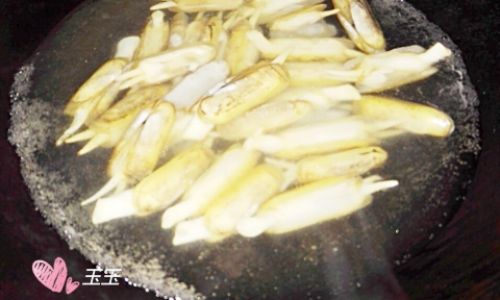
Common Pitfalls and How to Avoid Them
-
Overcooking the Clams:
- Issue: Tough, rubbery texture.
- Solution: Cook clams just until their shells open (2–3 minutes). Discard any that remain closed.
-
Sandy Residue:
- Issue: Grit in the sauce.
- Solution: Soak clams in saltwater; rinse thoroughly before cooking.
-
Burnt Aromatics:
- Issue: Bitter, acrid flavor.
- Solution: Preheat the wok adequately but keep aromatics moving constantly.
-
Bland Flavor:
- Issue: Lack of depth.
- Solution: Use a combination of sauces and fresh aromatics. Taste and adjust seasoning before serving.
Regional Variations and Creative Twists
-
Sichuan-Style:
Add doubanjiang (fermented broad bean paste) and Sichuan peppercorns for a numbing, spicy kick.

-
Cantonese-Style:
Omit chili and finish with a drizzle of Shaoxing wine for a delicate, briny flavor.
-
Thai-Inspired:
Incorporate lemongrass, kaffir lime leaves, and fish sauce. Serve with lime wedges.
-
Vegetarian Adaptation:
Substitute clams with king oyster mushrooms or heart of palm. Use vegetarian oyster sauce.
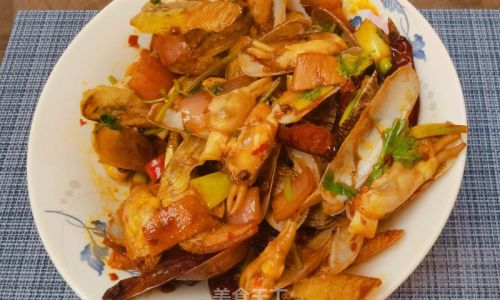
Nutritional Benefits of Razor Clams
Razor clams are a low-calorie, high-protein seafood option rich in:
- Iron: Essential for oxygen transport.
- Vitamin B12: Supports nerve function.
- Omega-3 Fatty Acids: Reduces inflammation and promotes heart health.
- Selenium: A potent antioxidant.
Pairing Suggestions
- Beverage: Crisp white wine (Sauvignon Blanc), light beer, or green tea.
- Sides: Stir-fried bok choy, garlic spinach, or pickled vegetables.
- Dessert: Refreshing mango sago or almond jelly.
Troubleshooting Guide
| Issue | Cause | Solution |
|---|---|---|
| Clams won’t open | Dead or spoiled | Discard and use fresh clams |
| Sauce too thin | Insufficient cornstarch | Increase slurry ratio |
| Overpowering fishiness | Under-cleaned clams | Soak longer; add more ginger |
| Burnt garlic | High heat or still oil | Preheat wok, then add oil |
Advanced Techniques for Enthusiasts
- Smoking: Add a touch of smoked paprika or tea-smoked flavor during cooking.
- Fermentation: Incorporate a splash of black vinegar or fermented bean paste.
- Plating: Arrange clams on a bed of crushed ice to highlight their natural elegance.
Conclusion
Stir-fried razor clams are a testament to the art of Chinese cooking—simple yet profound, humble yet luxurious. By mastering the balance of fresh ingredients, precise technique, and thoughtful seasoning, you can transform this unassuming shellfish into a culinary masterpiece. Whether enjoyed as a weeknight treat or the centerpiece of a banquet, this dish embodies the harmony of flavor and texture that defines great cooking. So fire up your wok, gather your ingredients, and embark on a journey to create a plate of razor clams that will leave diners clamoring for more.
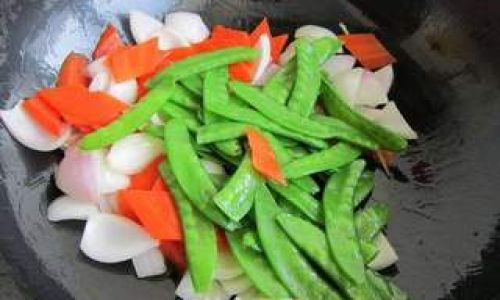
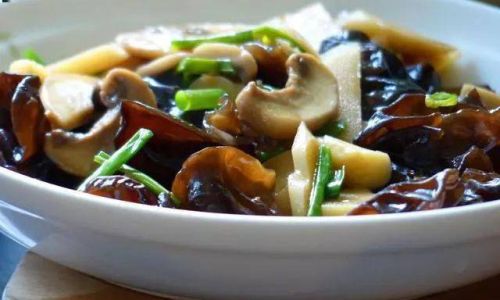
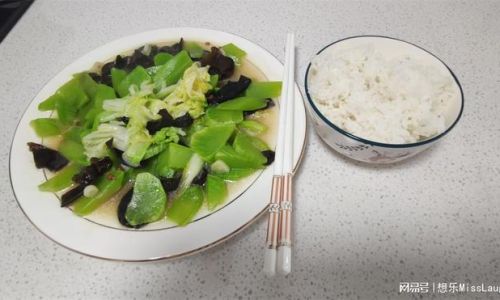

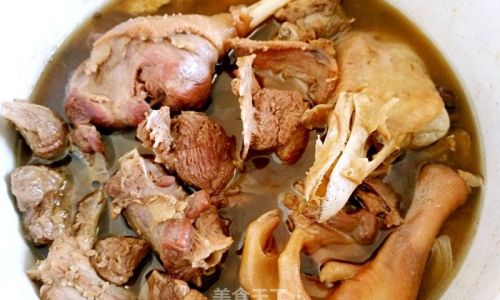
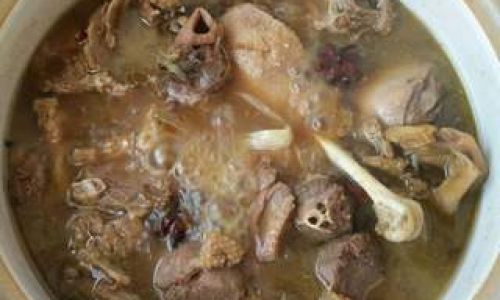
0 comments